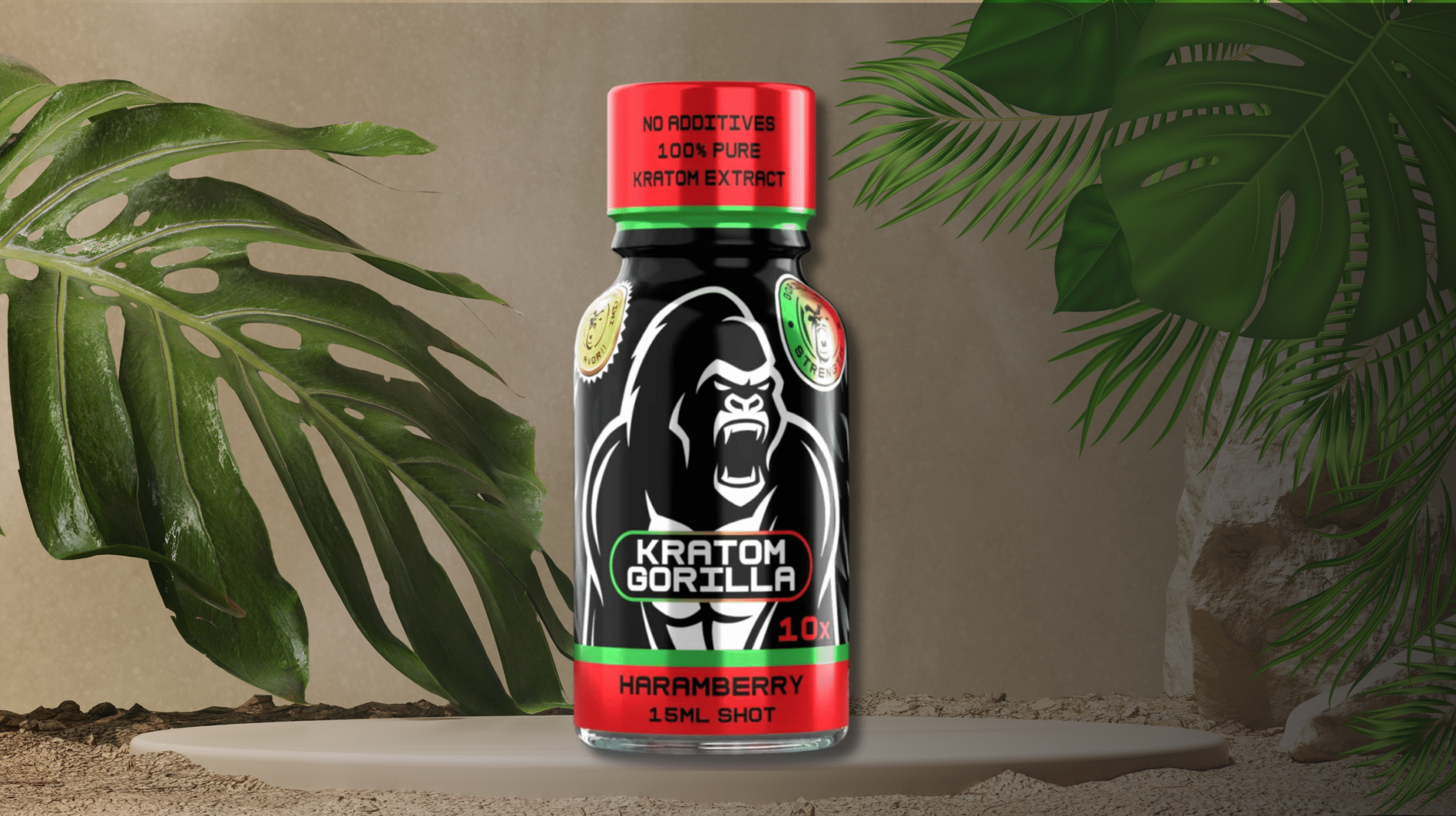Kratom Explained: Understanding This Botanical Wonder

Kratom, a tropical botanical native to Southeast Asia, has garnered significant attention in recent years. With its growing popularity in various parts of the world, many are curious about what Kratom is and its traditional uses. In this comprehensive guide, we delve into the world of Kratom, providing insights while adhering to regulatory guidelines and disclaimers.
What is Kratom? Kratom, scientifically known as Mitragyna speciosa, is a tropical tree related to the coffee family. For centuries, it has been used in traditional medicine and cultural practices in countries like Thailand, Malaysia, and Indonesia. Its leaves are known for their unique properties, traditionally used by locals for various purposes.
Types of Kratom Strains Kratom comes in various strains, each with its own unique characteristics. The most common strains include:
- Red Vein Kratom: Known for its distinctive red-veined leaves.
- Green Vein Kratom: Recognized by its green-veined leaves.
- White Vein Kratom: Identified by its white-veined leaves.
Each strain is often associated with different traditional uses and preparations.
How is Kratom Used? Traditionally, Kratom leaves were either chewed fresh or dried and brewed as a tea. Today, Kratom is available in several forms, including powder, capsules, and extracts. These forms cater to various preferences, offering versatility in how individuals use Kratom.
Legal and Safety Considerations It’s important to note that the legal status of Kratom varies from country to country and, in the United States, from state to state. We urge you to check the current legal status of Kratom in your jurisdiction before purchasing or using it.
Kratom: A Subject of Debate Kratom has been a subject of debate worldwide. While it has a long history of traditional use in Southeast Asia, its effects and safety profiles are currently being studied in other parts of the world. It’s essential for users to stay informed and approach Kratom use responsibly.
Conclusion: Kratom remains a botanical of interest due to its unique history and traditional uses. Whether you’re new to Kratom or seeking to learn more about it, understanding its origins, types, and traditional uses is key to appreciating this botanical wonder.
Disclaimer: This content is for informational purposes only and is not intended as medical or legal advice. Kratom is not FDA approved, and its efficacy and safety have not been extensively studied. We encourage you to research thoroughly and comply with all local laws and regulations regarding Kratom use and purchase.




